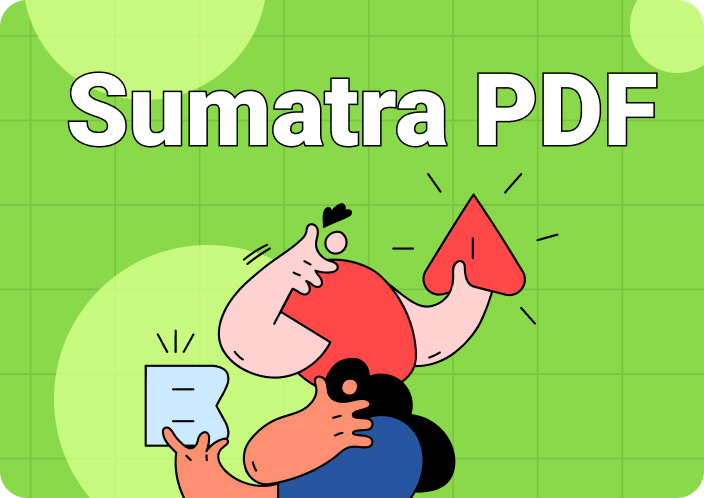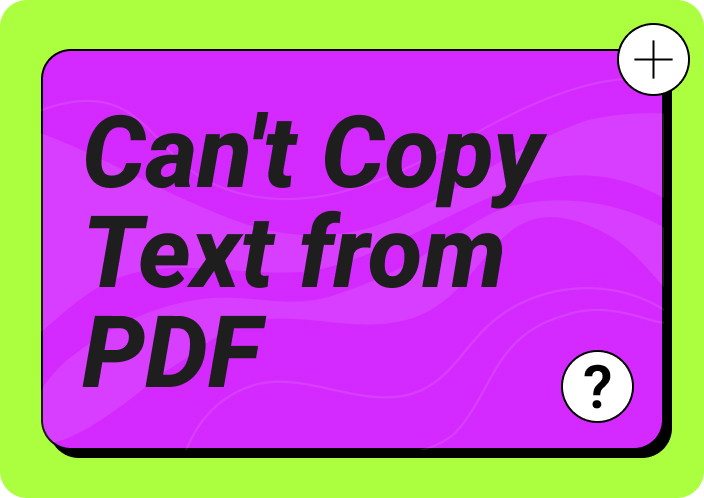We come across so many documents in our everyday work routine which we access through some specialized software. So, it’s crucial to make sure documents stay readable and accessible for a long time. For this purpose, PDF/A comes in handy that addresses this need by embedding all necessary information within the document itself.
Using PDF/A is not just a technical choice but a smart strategy for any organization that wants to preserve its digital documents. To learn all about what is PDF/A and how it impacts digital content creation, this guide will cover everything for you.
(Download Afirstsoft PDF today to manage, edit, and convert PDF/A files with ease.)
- 100% secure
- 100% secure
- 100% secure
Part 1. What is PDF/A Format?
PDF/A stands for Portable Document Format/Archive, a specific version designed for long-term archiving of electronic documents. It keeps all the essential parts of a document within the file itself, ensuring it looks the same no matter when you open it.
Unlike regular PDFs, PDF/A avoids features that could make it hard to open in the future, like audio, video, and links to external files. Overall, the need for a reliable and consistent format for the preservation of digital documents led to the development of this unique format. Now that you know what is a PDF/A format, let’s explore its key features.
Key Features
- ISO Standard:This special format is ISO-standardized, ensuring a consistent and reliable approach to archiving electronic documents.
- Self-Containment:All necessary information for displaying the document is embedded within the file, ensuring the accurate reading and printing experience.
- Enhanced Accessibility:The files of this format cannot be encrypted, ensuring that they remain accessible to anyone with the appropriate software.
- Transparency and Layers:Later versions of PDF/A support the use of transparency and layers, allowing for more complex document designs.
- Compression Ability:Advanced image compression techniques are supported in later versions, allowing for efficient storage without compromising the quality of the document.
(View and edit PDF files seamlessly with Afirstsoft PDF.)
- 100% secure
- 100% secure
- 100% secure
Part 2. What Are the Different Types of PDF/A Standards?
There are several types of this specialized format, each fulfilling different needs and incorporating distinct features. These types are defined by the parts of the ISO 19005 standard, which has evolved over time to address the requirements of archival professionals. This section will enlist them all with comprehensive details about their features:
- PDF/A-1:This is the first type of this standard and mainly focuses on ensuring the long-term preservation of documents. For instance, it ensures that the document's visual appearance is preserved along with its logical structure and reading order. It is the minimum level of compliance required for a document to be considered PDF/A.
- PDF/A-2:The 2nd type includes several enhancements and supports more advanced features like JPEG2000, allowing improved image compression. Also, it features the use of transparency effects and optional content groups (layers), enabling more complex document designs. Plus, the enhancement of digital signatures and embedding of the files is also possible.
- PDF/A-3:This one is the extension of its predecessor, retaining all its features while adding the capability to embed arbitrary file formats. It is particularly useful for including supplementary data that can be preserved alongside the visual representation of the document.
- PDF/A-4:It is the most recent version and aligns with the latest PDF 2.0 standard. Here, it offers to embed rich media content and 3D annotations. Moreover, you are allowed to merge any other file format within the PDF with this type.
(Afirstsoft PDF allows you to edit PDF files without compromising their structure or integrity, offering a smooth and reliable experience.)
- 100% secure
- 100% secure
- 100% secure
Part 3. Top Benefits of Using PDF/A for Document Preservation
You can expect many benefits from this PDF format regarding long-term preservation and the versatility of the document functions. Go through this section to learn about what is a PDF/A mode and how it revolutionizes the document-handling experience:
- Software Independence:This modern format is designed to render across different devices and platforms, making it independent wherever you use it.
- Digital Signatures: You can creatively use digital signatures in your document, verifying the authenticity and integrity of the document. This is particularly important for legaland official documents where authenticity is crucial.
- Regulatory Compliance:Many industries, including financial and governmental sectors, have strict regulations for document preservation. In this case, this secure format helps organizations meet these requirements, ensuring compliance with archival and record-keeping standards.
- Compliance with Standards:It is an ISO-standardized format, which means it adheres to internationally recognized guidelines for document archiving and preservation.
- Support for Advanced Features:By incorporating advanced features like transparency and layers, you can make use of more complex and detailed document designs.
- Long-Term Preservation:It ensures that documents remain readable and maintain their appearance over long periods, regardless of changes in software. Thus, it becomes an ideal format for archiving important documents.
(Afirstsoft PDF allows you to edit PDF files without compromising their structure or integrity, offering a smooth and reliable experience.)
- 100% secure
- 100% secure
- 100% secure
Part 4. Top 5 Industries Leveraging PDF/A for Secure Document Storage
This ISO-standardized format is widely used across various industries to ensure the longevity and accessibility of digital documents. Walk through this section to the end to know what is PDF/A offering in different industries and assisting them:
1. Legal Industries
Courts and legal professionals use this format to archive their case files and other rulings documents. In this way, they make sure these records remain unchanged over time, which is critical for maintaining the integrity of their proceedings. Moreover, firms and departments often store their contracts and binding documents in PDF/A to ensure they can be reliably accessed and validated in the future.
2. Government and Public Sector
The use of this advanced PDF format is even more crucial in official records and historical documents to archive laws and policies. Government agencies also have to comply with regulations requiring long-term document preservation. So, PDF/A helps meet these requirements by providing a standardized and reliable solution.
3. Financial Services
These institutions archive audit reports and transaction records to comply with regulatory requirements that empowers the preservation of financial documents for several years. Other than this, PDF/A assists them in storing their client-related documents and investment portfolios to ensure secure and accurate long-term access.
4. Healthcare
Hospitals and clinics take help from this reliable format to archive patient records and treatment documentation. In this regard, they make patient information accessible and unaltered, crucial for ongoing patient care and legal compliance. Besides, medical researchers and institutions archive research papers and clinical trial data in PDF/A format to preserve scientific integrity and future accessibility.
5. Education
Universities and academic institutions make use of this consistent PDF format to archive thesis and research papers. By doing this, they ensure that scholarly works remain accessible to future generations and students. Furthermore, educational organizations store their curriculum outlines and compliance reports in PDF/A to meet regulatory and accreditation standards.
(Afirstsoft PDF allows you to edit PDF files without compromising their structure or integrity, offering a smooth and reliable experience.)
- 100% secure
- 100% secure
- 100% secure
Part 5. Major Differences Between PDF and PDF/A
Now you know what is a PDF/A format and how it’s making our document management more secure and reliable. However, let's compare it to the simple PDF version to get a better understanding of their differences and advantages. This section will share with you a comprehensive comparison table between both for your clarification.
|
Feature |
|
PDF/A |
|
Purpose |
General document exchange and display |
Long-term archiving and preservation |
|
Standardization |
Not specific to a single standard |
ISO 19005 |
|
Self-Containment |
May reference external resources |
Must be fully self-contained |
|
Font Embedding |
Optional |
Mandatory |
|
External References |
Can include links to external content |
Prohibited |
|
Encryption |
Supported |
Not allowed |
|
Metadata |
Optional |
Required |
|
Compliance Levels |
No specific levels |
Different levels (e.g., PDF/A-1a, PDF/A-1b) |
|
Transparency and Layers |
Supported |
Supported in PDF/A-2 and PDF/A-3 types |
|
File Embedding |
Supports embedding various file types |
PDF/A-3 allows embedding of other file formats within the PDF |
|
Digital Signatures |
Supported |
Supported but must comply with PDF/A standards |
|
Color Profiles |
Optional |
Mandatory inclusion |
Part 6. How to Open and Edit a PDF/A File?
After learning all about this special document format, let's talk about how you can open and read it. For this purpose, you need b and reliable software that supports PDF/A and can do much more to give you a satisfying reading and editing experience. You can get assistance from Afirstsoft PDF, which provides users with the ultimate solution for every document management need.
Using this tool, you can not only read your PDF files in the most optimized way but also edit them with maximum customization. It even allows you to add annotations to your document wherever you want to make it more personalized and convenient to understand. Moreover, you can convert your files to almost any format, including images, to use them for multiple purposes.
Step-by-Step Guide to Open and Edit PDF/A File Through Afirstsoft
As simple as the tool's interface is, the use of it is even simpler, meeting the capabilities of a beginner. Just go through this straightforward guide, and you will easily be able to perform all functions within seconds:
(With Afirstsoft PDF, you can convert your documents into PDF format, ensuring they remain accessible and readable in the future.)
- 100% secure
- 100% secure
- 100% secure
Step 1. Launch Afirstsoft and Open Your PDF/A File
First, download and install this AI-powered PDF editor on your computer and launch it. Then, click the "Open" button from the left sidebar of its interface to select the document you want to access from your computer.
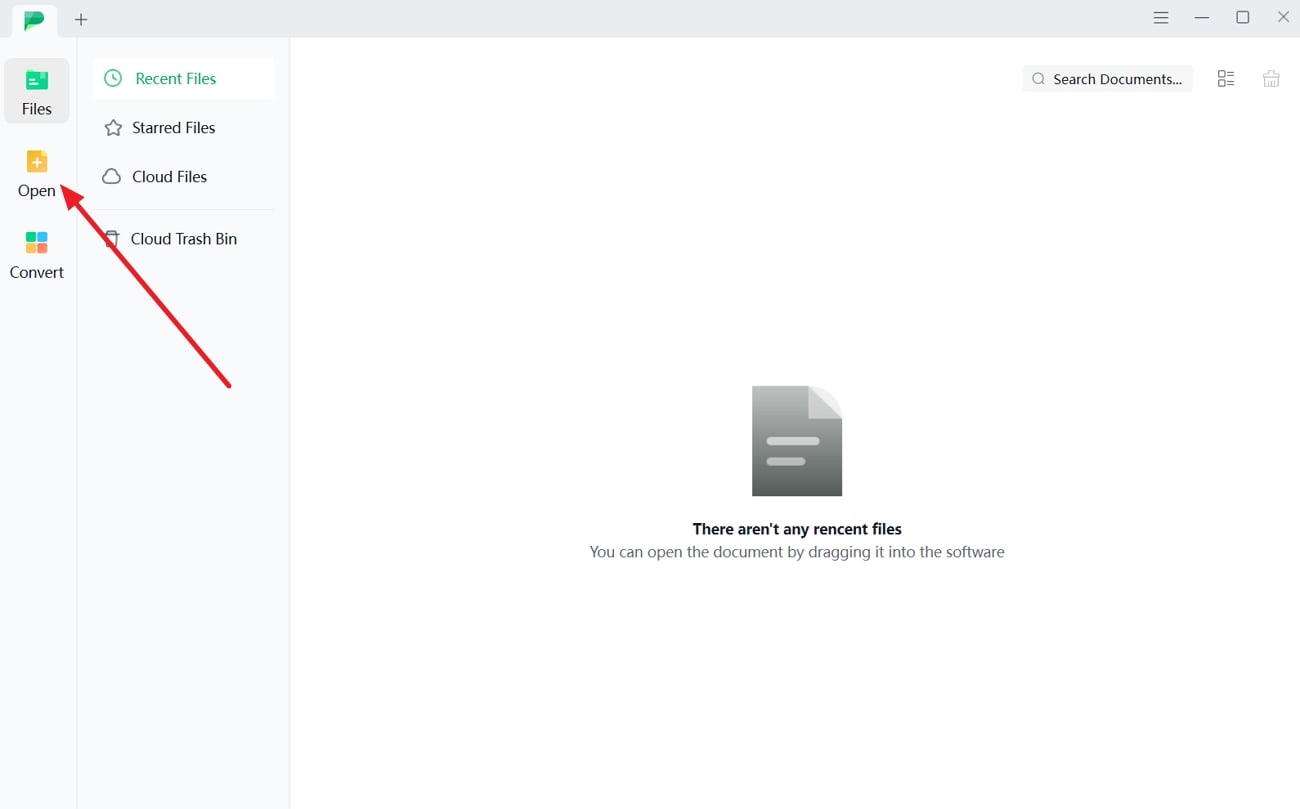
Step 2. Edit the PDF/A Document with Customizations
Afterward, go to the "Edit" tab and select the "Edit" feature to turn your PDF into a completely editable form. Perform as many edits as you want in the text or image and customize them according to your needs.
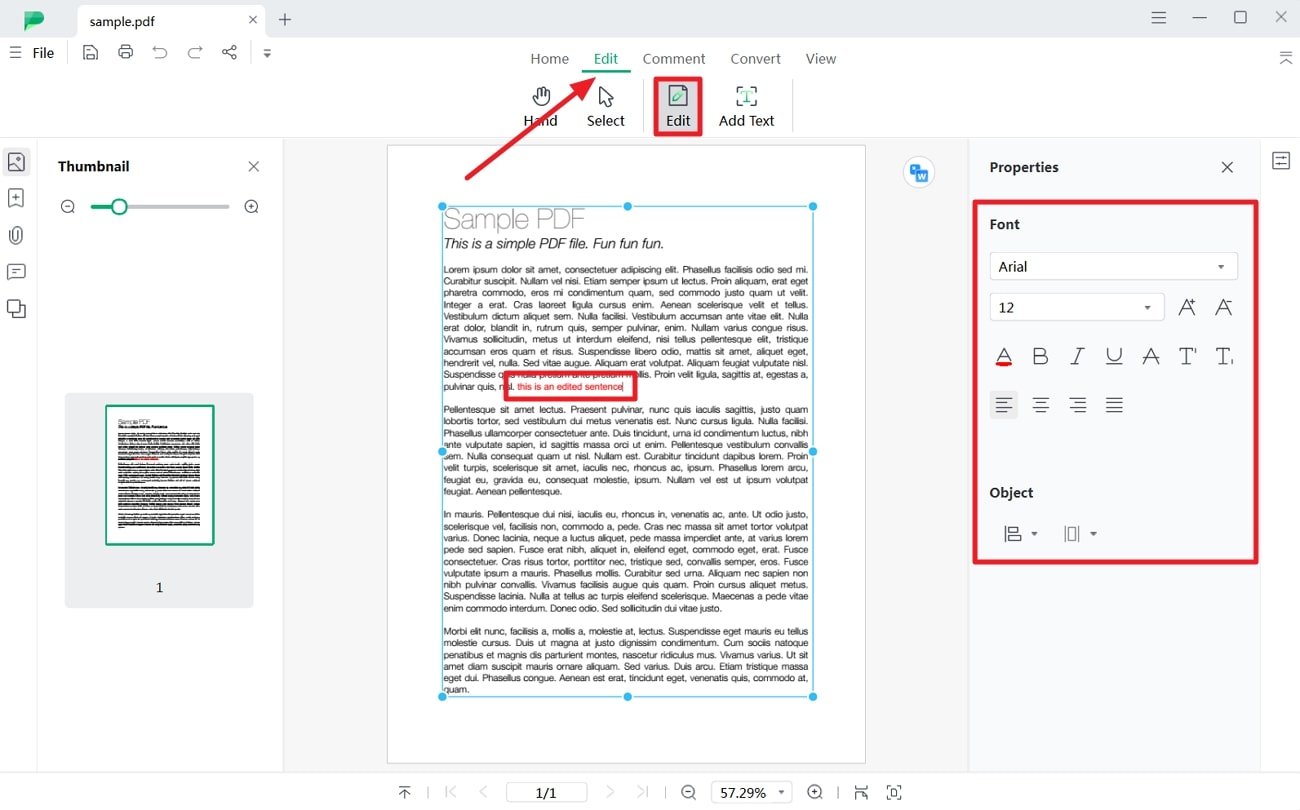
Step 3. Annotate and Save the New File
Now, access the “Comment” tab and tap on any annotation feature to highlight your content, add comments, or even stickers. Once you are done with all the annotations, go to the “File” tab and click “Save” to save your newly edited document.
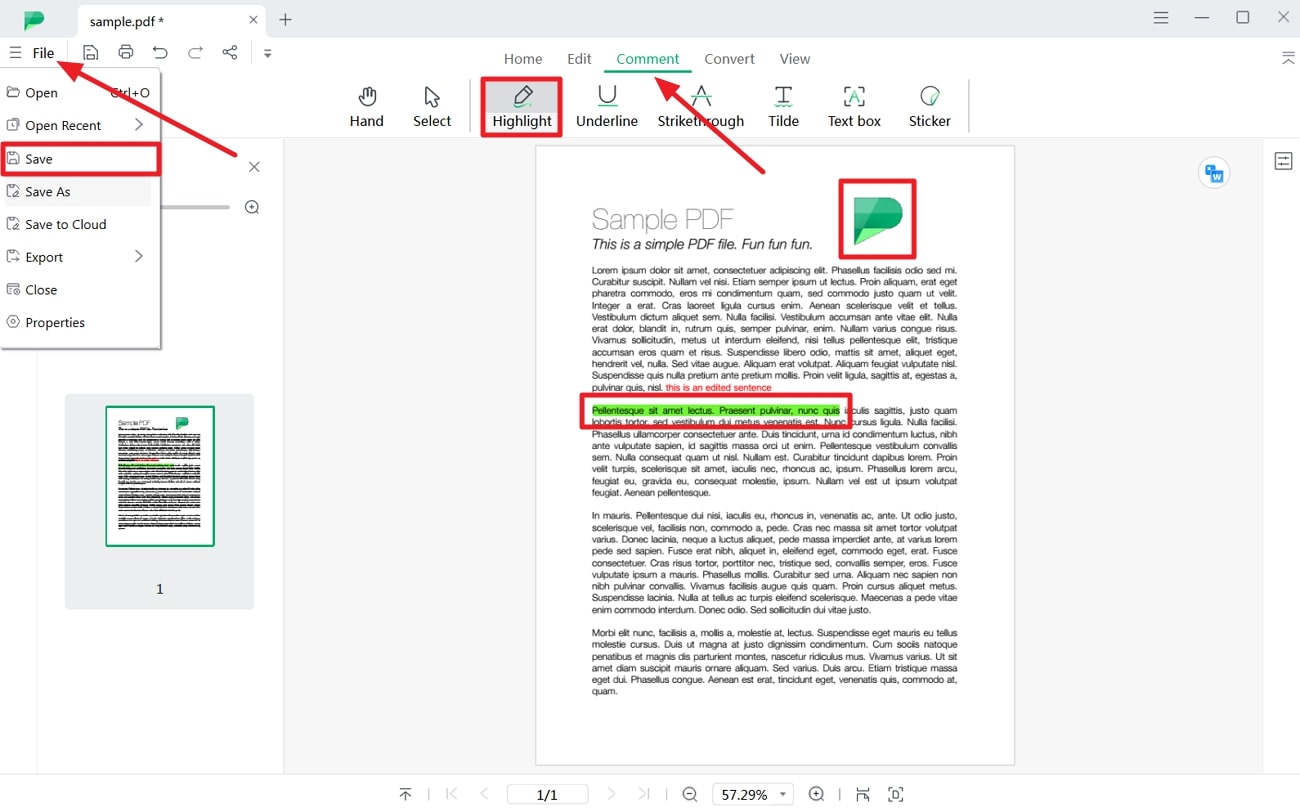
The Alternative Tools For Editing PDF/A Files
1. Adobe Acrobat Pro DC
Adobe Acrobat Pro DC is one of the most comprehensive tools for working with PDFs, including PDF/A files. It offers a range of features that allow you to:
- Edit Text and Images:Modify content directly within the PDF/A file.
- Add Annotations:Insert comments, highlights, and other annotations.
- Convert PDF/A Files:Convert PDF/A files to other formats for more extensive edits and then convert them back to PDF/A.
- Ensure Compliance:Check and ensure that your edited file remains compliant with PDF/A standards.
2. Foxit PhantomPDF
Foxit PhantomPDF is a powerful PDF editor that provides robust tools for managing PDF/A files. It enables you to:
- Edit Content:Change text, images, and other elements in PDF/A files.
- Add and Remove Pages:Modify the page structure of your document.
- Collaborate:Use features like comments and markup tools for collaboration.
- Compliance Check:Ensure your edits don’t violate PDF/A standards.
3. Nitro Pro
Nitro Pro offers a range of editing capabilities for PDF/A files, including:
- Text and Image Editing:Directly edit or replace text and images.
- Page Management:Add, delete, or rearrange pages within the PDF/A file.
- Conversion Tools:Convert PDF/A files to other formats for editing and back to PDF/A as needed.
- Secure Documents:Apply password protection and other security measures to your PDF/A files.
4. PDF-XChange Editor
PDF-XChange Editor is known for its rich feature set and affordability. It provides tools to:
- Edit Content:Modify text and images in PDF/A files.
- Annotate:Add comments, highlights, and other markup.
- Organize Pages:Reorder, delete, or insert pages.
- Check Compliance:Ensure that your edits keep the file compliant with PDF/A standards.
5. Online PDF Editors
For quick edits, online PDF editors like Smallpdf or PDFescape can be useful. While they may not offer the depth of features found in desktop applications, they are:
- Convenient:Accessible from any device with internet connectivity.
- Simple to Use:Ideal for basic edits and quick modifications.
- Limitations:May have limitations in handling PDF/A-specific features and compliance.
(Take advantage of Afirstsoft PDF’s special discount and enjoy premium features for reading, editing, and converting your PDF files today!)
- 100% secure
- 100% secure
- 100% secure
Conclusion
In conclusion, we have explained what is PDF/A throughout the article and its benefits in various fields of everyday life. We have also shared detailed information about its multiple types and uses. However, to use this advanced format optimally, you need a versatile PDF editor like Afirstsoft.
This all-in-one PDF tool can offer much more than you can imagine in managing your documents and making them customizable. If you are interested in upgrading your PDF handling experience, just try the Afirstsoft PDF yourself, and thank us later.



